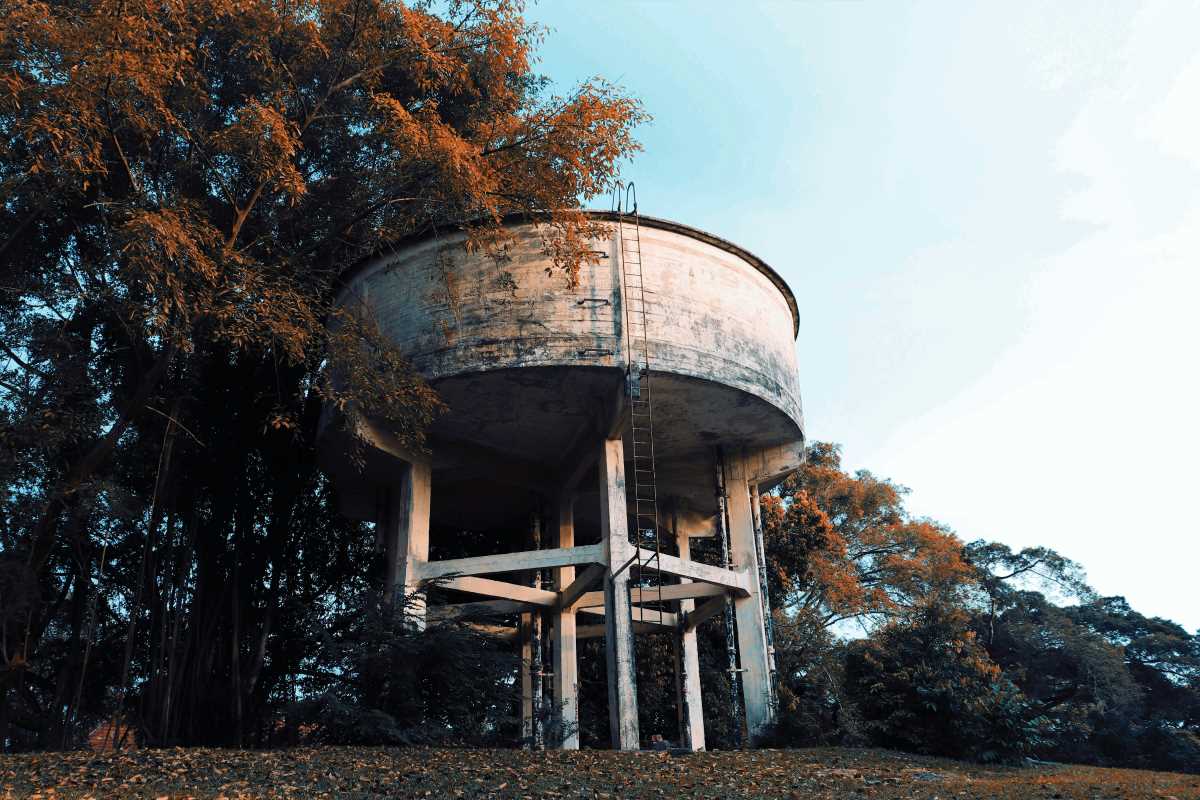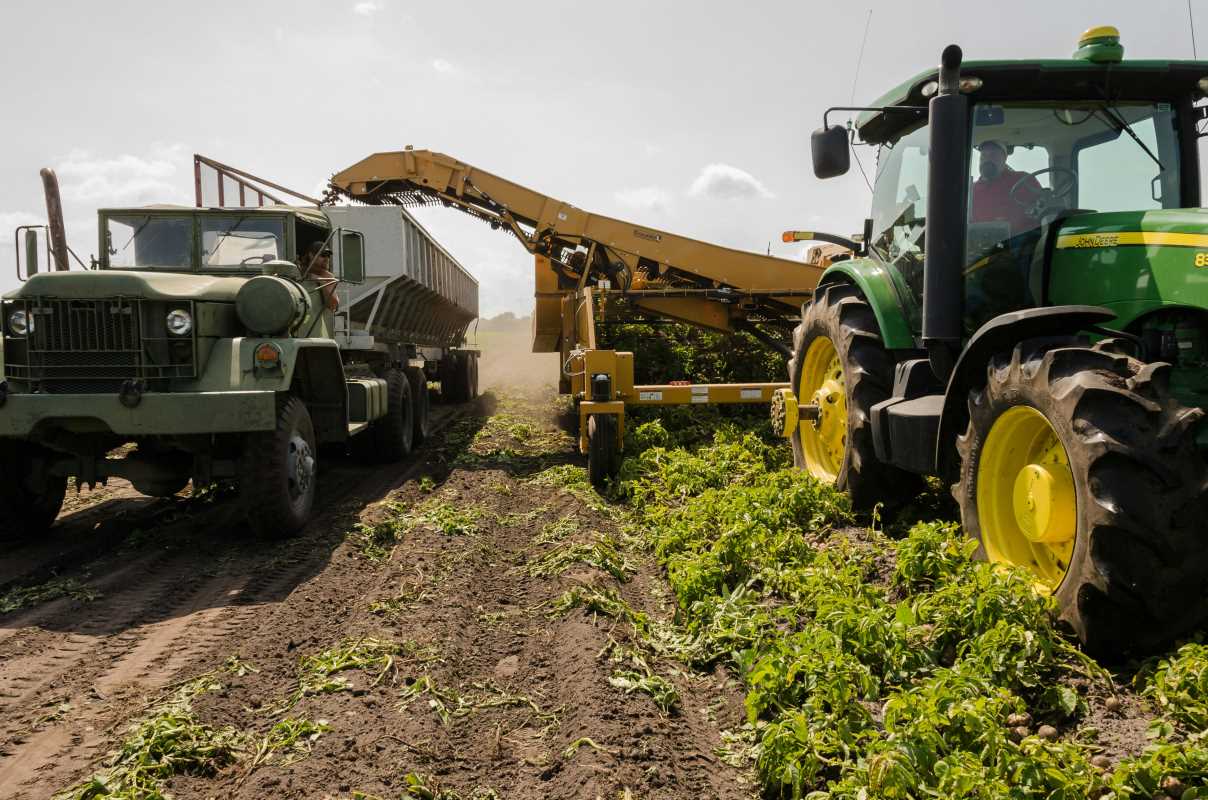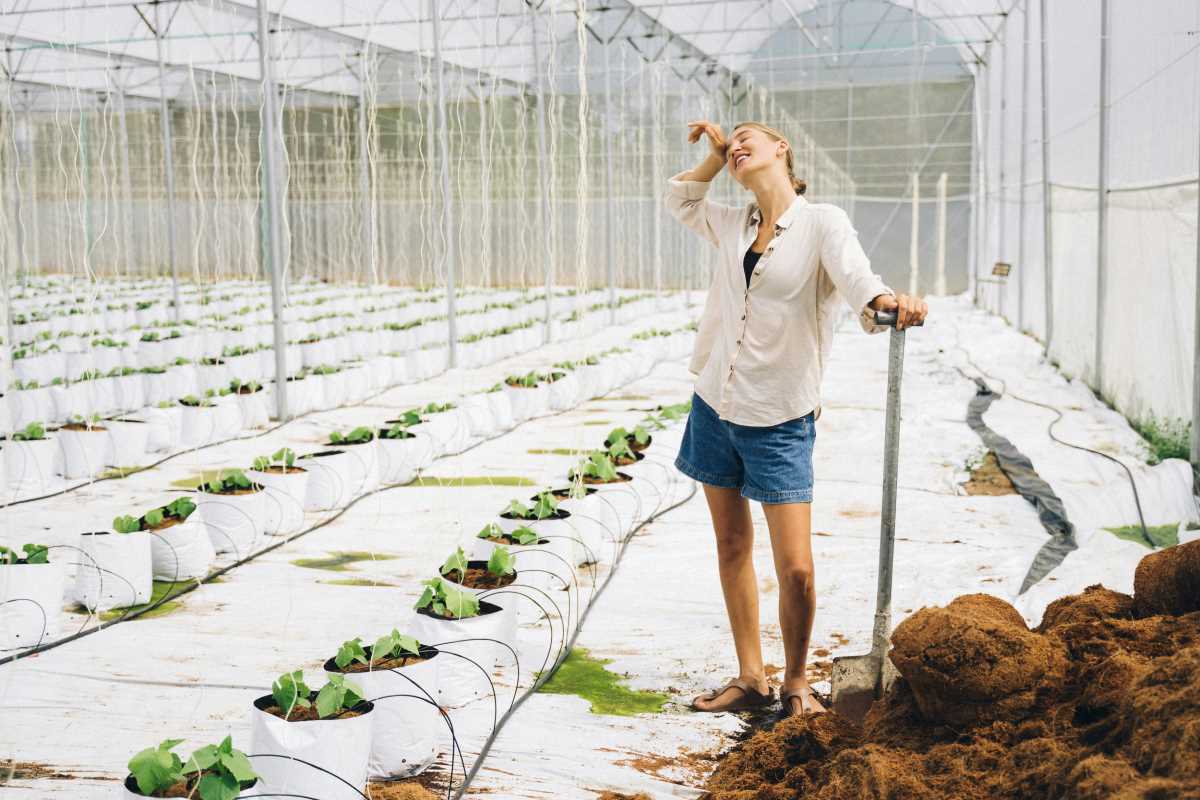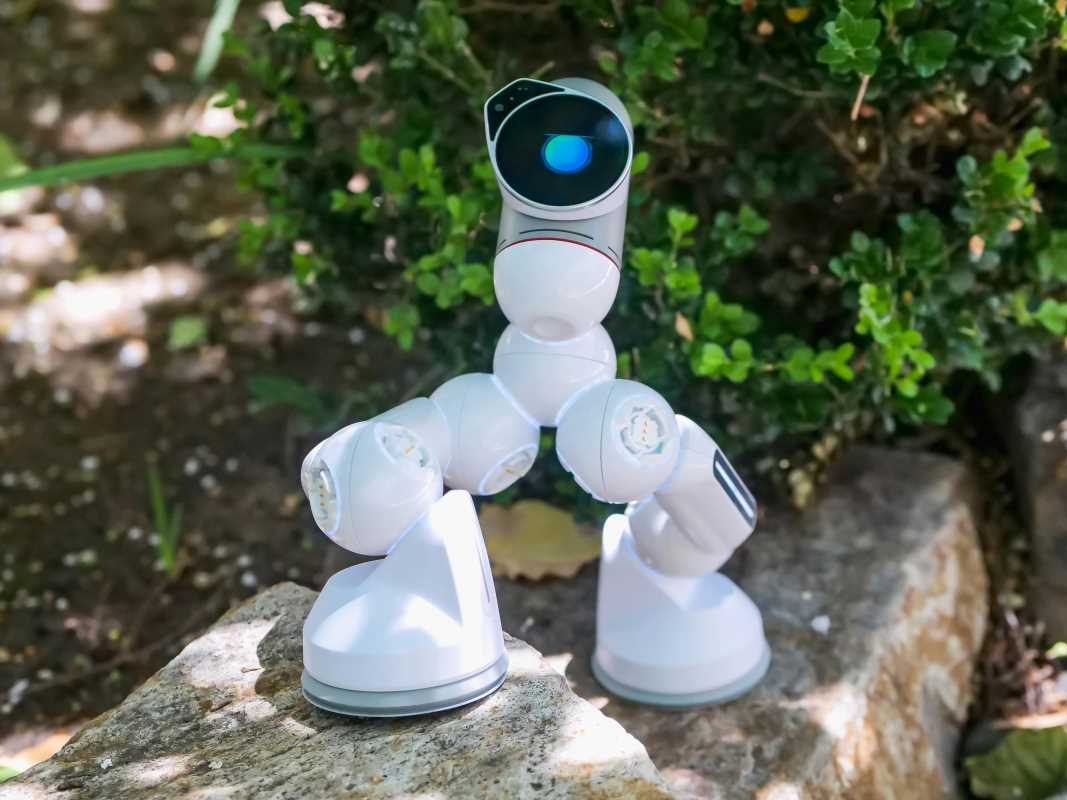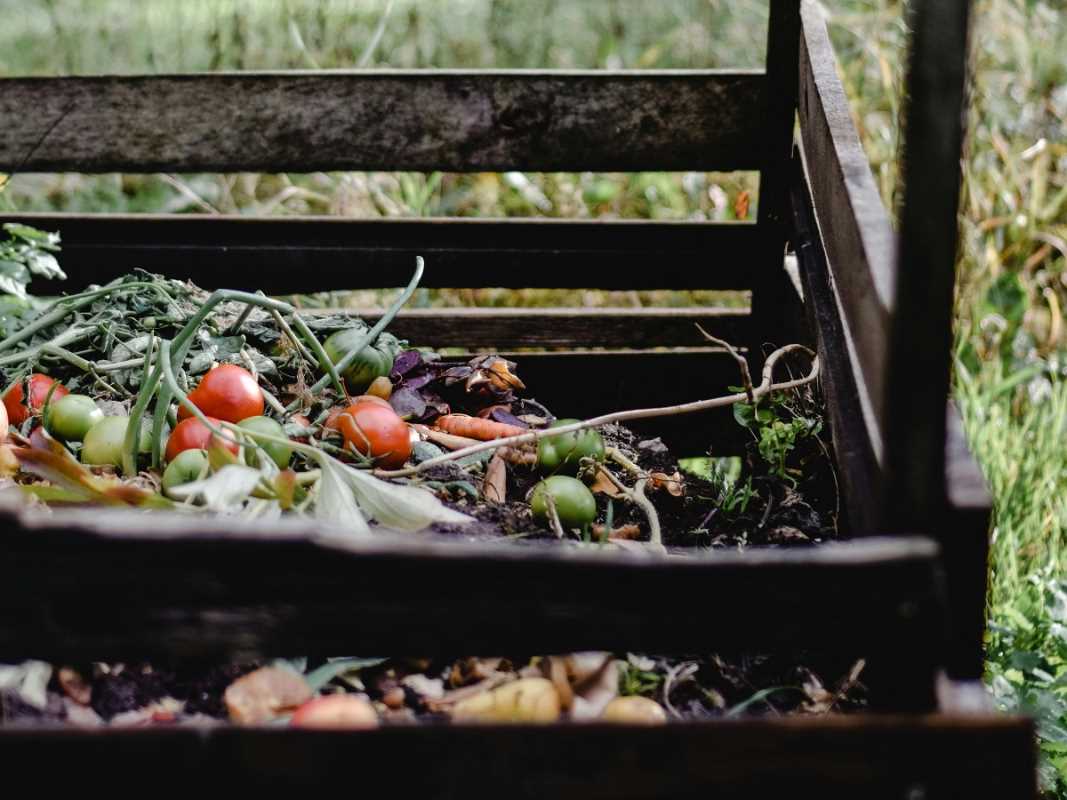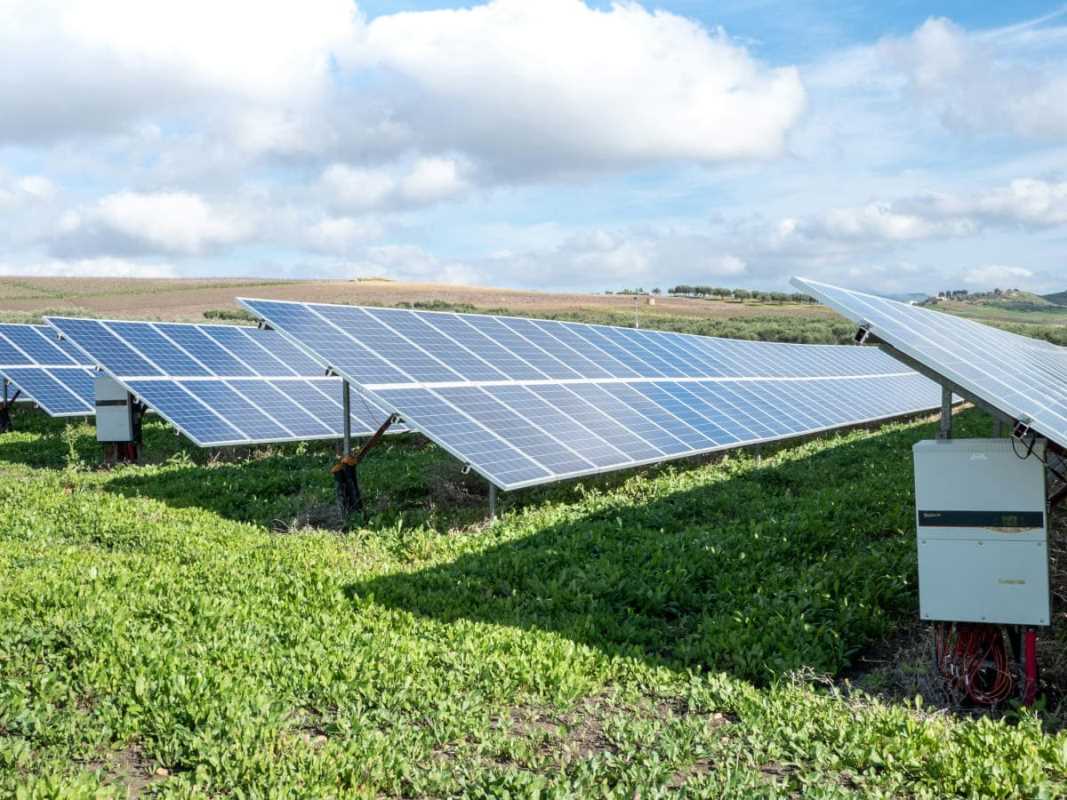Remote-controlled seed planters offer a practical solution for planting extensive fields with greater precision. These machines distribute seeds accurately, ensuring consistent coverage across large areas while operating with ease. By using this technology, farmers save valuable time and reduce the physical demands of planting. The clear, consistent performance allows for easier monitoring and control over large plots, which helps farmers plan and manage their agricultural tasks with more confidence. As a result, planting becomes a less strenuous process, and scheduling harvests or other activities becomes much more reliable and straightforward.
These modern tools incorporate smart technology to improve planting methods. They combine user-friendly controls with powerful sensors and mapping tools, which guarantee that seeds are planted at the right depths and aligned perfectly with the land's contours.
How Remote-Controlled Seed Planters Operate
The process behind these advanced machines is simple and effective. The technology attaches to existing machinery or functions independently, turning data into actionable planting plans. The system works smoothly to save time and increase accuracy.
Follow these main steps to understand their operation:
- Sensor Calibration: The planter adjusts sensors to evaluate soil condition and moisture levels.
- GPS Mapping: Integrated GPS creates detailed maps to guide the planting path.
- Seed Dispensing: The unit releases seeds with pinpoint accuracy, ensuring proper spacing.
- Remote Monitoring: Operators change settings on the go to respond to changing field conditions.
Important Features to Consider
When looking for these advanced tools, find features that improve precision and efficiency. Modern units combine reliable technology with easy-to-use interfaces and strong connectivity options. Users value having smart functions within reach.
Important features include:
- Precision Seed Distribution for uniform crop emergence.
- Real-Time Data Monitoring that gives live feedback from the field.
- Integrated GPS Navigation to ensure exact seed placement.
- Weather Adaptive Controls that modify operations based on current conditions.
Top Remote-Controlled Seed Planters Available
Several models stand out to those seeking to expand their planting capabilities. Some units combine durability with smart technology, while others focus on easy user control. Each model has strengths suited to different field requirements.
Consider these popular models:
- Prairie King RC-100
- Sturdy build with excellent performance on various terrains.
- Simple interface with minimal downtime for maintenance.
- Reliable sensor technology for consistent seed deposition.
- FieldMaster X2
- Advanced sensors ensure precise depth and distribution.
- Offers extensive data logging to help improve planting techniques.
- Ideal for large fields requiring detailed mapping.
- AgriBot Pro
- User-friendly design allows quick setup and deployment.
- Features real-time adjustments to adapt to environmental changes.
- Highly efficient in seed use, reducing waste and increasing yield.
Practical Tips to Maximize Your Planter's Performance
To get the most out of your equipment, spend time understanding all its functions. Read the guidelines and setup instructions for remote-controlled seed planters and follow best practices for routine maintenance.
Here are some tips to keep your equipment working at its best:
- Perform regular maintenance checks to keep the machinery functioning smoothly.
- Calibrate sensors before each season to account for changes in field conditions.
- Test the system on a small section of land to adjust settings as needed.
- Use the data gathered during planting to make future improvements.
- Stay informed about manufacturer recommendations and software updates.
Innovations and Trends in the Industry
The field of agricultural technology keeps evolving rapidly. New developments in automation and machine learning are integrated into today's seed planters and are changing farming methods. These trends aim to boost productivity and accuracy while lowering overall labor costs.
Areas driving innovation include integration with data analytics and IoT devices. This combination lets farmers track performance, recognize patterns, and optimize operations in real time. The result is a unified system that reacts dynamically to field conditions.
- Enhanced automation simplifies complex tasks.
- Advanced imaging technology improves field assessment.
- Cloud-connected systems enable real-time performance tracking.
- Predictive maintenance alerts operators to service needs.
Choosing the right planter improves results and simplifies large-scale planting. Use these innovations to boost efficiency and reduce waste.
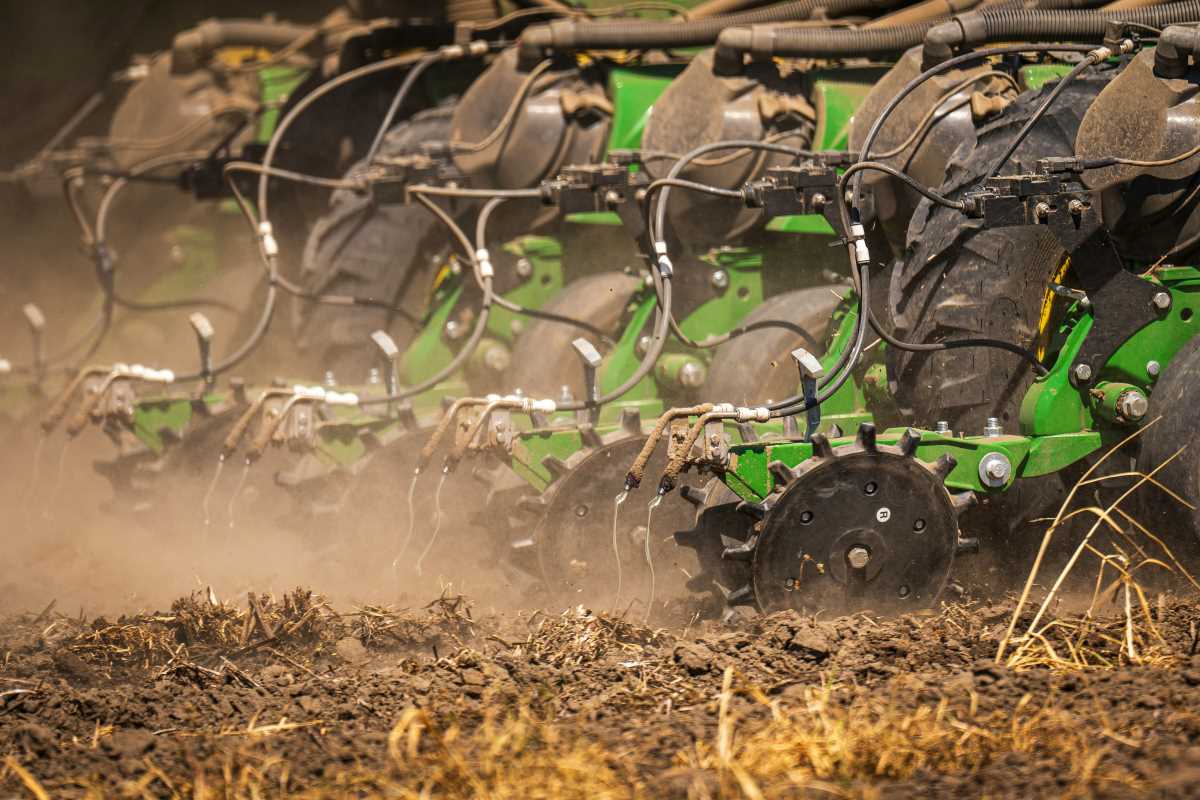 (Image via
(Image via